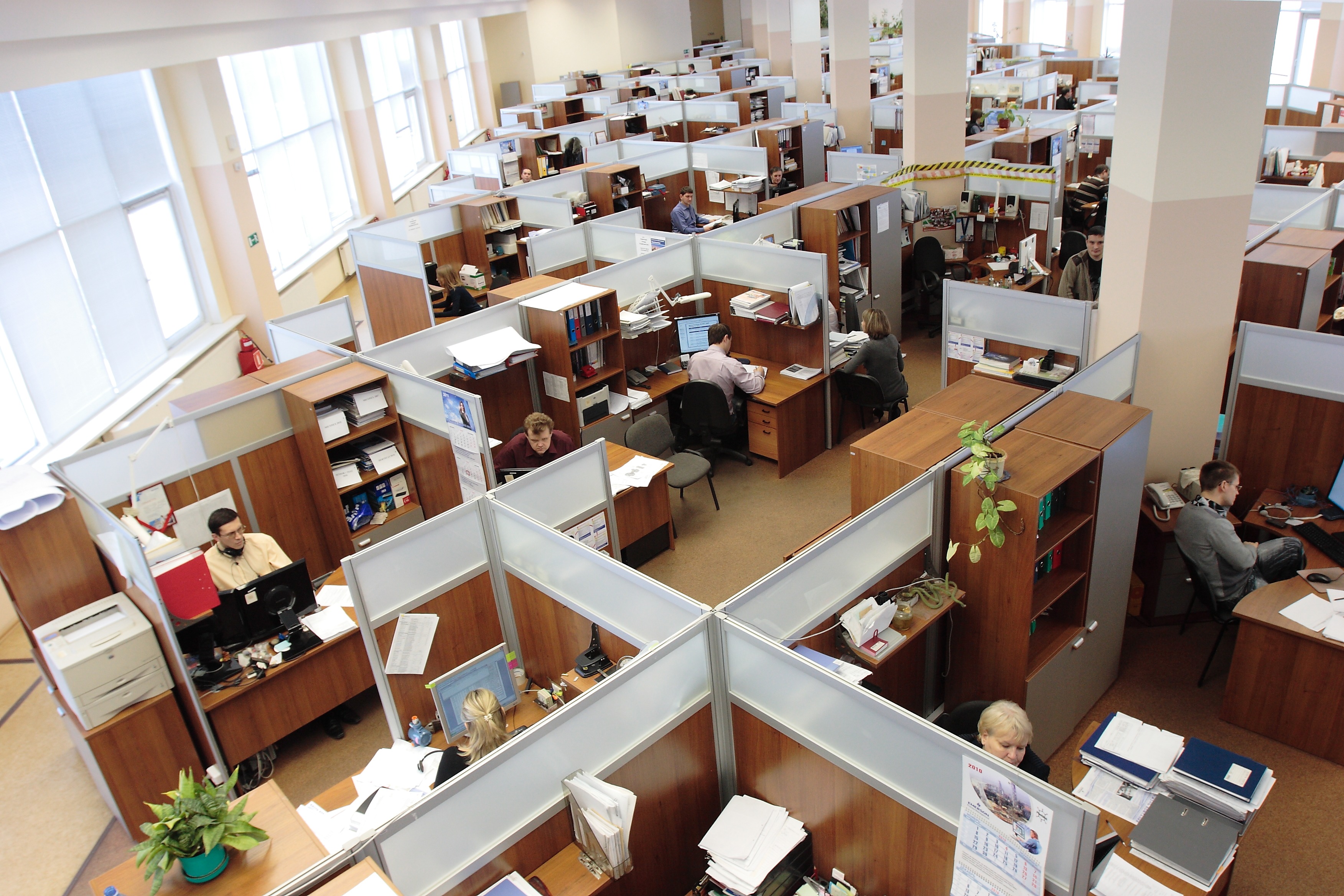Energy drift is the gradual decrease in energy performance and efficiency of your building’s mechanical systems, such as lighting, HVAC, boilers, chillers, rooftop units, and others. According to research from Texas A&M and the Lawrence Berkeley National Laboratory (NBNL), energy drift can account for a decrease of system efficiency between 10 to 30 percent in the span of one to two years. Let’s discuss how energy drift occurs in buildings and what solutions are available.
Identifying & Reducing Energy Drift
The first step in reducing energy drift is to identify where energy inefficiencies may exist. All else remaining equal, your building’s energy efficiency performance will decline each year due to the continuous use of its various interior and exterior systems. Andrew Colman, CTO of Scientific Conservation, says:
“If you have a building that’s perfectly tuned up with a brand new building automation system, and then you leave it alone and people go about doing what they do — tweaking thermostats, leaving things on, adjusting things — the building is going to drift downward in its energy efficiency . . .”
Yet, not every building has the luxury of being perfectly tuned up with a new energy management system. In most buildings, major problems that can lead to significant energy drift, among other energy efficiency and performance issues, are “building design flaws, construction defects, and malfunctioning equipment,” which can lead to “equipment failure, compromised indoor air quality, and unnecessary energy use.”
Reducing energy drift is not simple, but it does not have to be daunting. The following two steps can significantly improve the efficiency and performance of your building’s operating systems and help limit the effect of energy drift.
Energy Drift Solutions – Step One
Depending on the age of a building’s mechanical systems, a building energy retrofit may be necessary to improve its energy efficiency and overall performance. The first step is to work with an energy services company (ESCO) to conduct a comprehensive building energy audit to determine energy inefficiencies. Once problems areas are identified, appropriate upgrades can be made. Common solutions include:
- Energy management systems
- Chiller controls
- HVAC controls
- Variable frequency drives (VFDs)
- Demand controlled ventilation (DCV)
- Exhaust hood controls
- Industrial process controls
- Variable air volume (VAV)
- Reheat
- Weatherstripping
- Insulation
- Water conservation
A majority of these measures can be incentivized through your utility company’s energy efficiency programs to provide an attractive return on investment.
Energy Drift Solutions – Step Two
After the building audit and retrofit is complete, the next phase is to plan preventative maintenance and conduct retrocommissioning.
Preventative Maintenance
Preventative maintenance is a proactive approach to ensuring mechanical systems run at optimal performance throughout the year. Preventative maintenance is a general checkup of a building’s mechanical systems either at time intervals or run-hour milestones. This may include checking for leaks and defective equipment in pipes, ducts, coils, and unit fittings; cleaning accumulated debris and dust; tightening belts; changing filters; and calibrating sensors. Preventative maintenance is important to help prevent systems from failing and requiring emergency repair, as last minute repairs are a much more costly operation than having a preventative maintenance plan in place.
Retrocommissioning
Retrocommissioning is slightly different than preventative maintenance. Retrocommissioning identifies root causes of any mechanical problems to uncover operational deficiencies. HVAC retrocommissioning, for example, is one of the most powerful strategies to improve building performance. Heating and cooling is the largest source of energy consumption in a commercial building. When your HVAC system is not running optimally due to operational deficiencies, your HVAC could call for unnecessary heating or cooling cycles, which can increase operating expenses by up to 40%. In turn, this increases the energy drift of your building.
Once a building has been retrocommissioned, it is important to conduct continuous commissioning to ensure systems are running at optimal levels and any deficiencies are identified and fixed. Dr. Evan Mills, senior scientist at the NBNL, explains why commissioning is important: “Commissioning is more than ‘just another energy-saving measure.’ It is a risk-management strategy that should be integral to any systematic approach to garnering energy savings or emissions reductions.”
Both preventative maintenance and continuous commissioning are strategies to limit the effect of commercial building energy drift in both the short- and long-term.
Final Thoughts
Energy drift can decrease the operational performance of your building’s operating systems by up to 30% every two years. You can, however, limit its effect by following this two-step approach. First, work with an ESCO to conduct a comprehensive building audit to determine operational deficiencies. Second, start taking control of your building through preventative maintenance and continuous commissioning.




